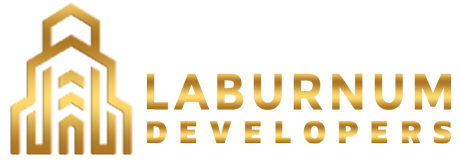When diving into the realm of homeownership, understanding the intricacies of mortgages is paramount. Two primary types, fixed-rate and adjustable-rate mortgages (ARMs), present distinct advantages and drawbacks, demanding careful consideration based on individual circumstances.
Fixed-Rate Mortgages: Stability Comes at a Price
Fixed-rate mortgages live up to their name, featuring a constant interest rate for the entire loan duration, typically spanning 15 or 30 years. The allure lies in predictability – homeowners won’t face increased rates if the market experiences an upswing. However, the trade-off is that fixed-rate mortgages often initiate with higher interest rates compared to their adjustable-rate counterparts. This makes them an attractive choice for those planning to reside in their homes for an extended period.
Adjustable-Rate Mortgages (ARMs): Tempting Introductory Rates, but Proceed with Caution
ARMs entice with appealing introductory rates that can be considerably lower than fixed rates. However, after a predetermined period, the rate is subject to change based on the loan’s terms. This adjustment could occur every six months or follow a different schedule, contingent on the loan agreement. The catch is that if interest rates surge when the adjustment kicks in, homeowners might face substantial and potentially unmanageable increases in their monthly payments. ARMs are often better suited for individuals anticipating a move within a specific timeframe before the initial rate adjustment.
Flexibility through Refinancing
Choosing between fixed and adjustable-rate mortgages doesn’t bind homeowners to a lifetime commitment. Refinancing is a viable option, allowing individuals to switch between types or even secure a better deal within the same type if interest rates become more favorable.
Additional Factors Impacting Mortgage Rates
Beyond the fixed vs. adjustable dilemma, several factors influence mortgage rates:
- Lender and Loan Program: Rates vary among lenders and even on identical loan types. Shopping around is essential, as different loan programs and participating lenders offer diverse rate options.
- Conforming Loans vs. Nonconforming Loans: Conforming loans, often purchased by entities like Freddie Mac or Fannie Mae, tend to have lower rates than nonconforming loans such as jumbo loans.
- Government-Guaranteed Loans: Programs like FHA, USDA, and VA loans offer favorable rates and lower required down payments for qualifying individuals.
- Credit Score: A solid credit history and high credit score can secure better mortgage rates, emphasizing the importance of checking and improving credit standing before applying for a loan.
- Down Payment Amount: Larger down payments reduce risk for lenders, potentially resulting in better interest rates and other advantages.
- Points Payment: Paying points upfront can lower interest rates and reduce overall interest paid over the loan’s lifespan.
Tax Considerations
While mortgage interest on a principal residence is tax-deductible, changes in tax laws, including raised standard deductions, have altered the landscape. It’s crucial to weigh these considerations when assessing the overall cost of homeownership.
The Bottom Line
Mortgage interest rates are a variable landscape influenced by numerous factors. Once the decision between fixed and adjustable mortgages is made, diligent rate shopping becomes essential. Additionally, the potential for refinancing offers flexibility if circumstances change. In the intricate world of mortgages, knowledge is power, guiding homebuyers toward informed decisions that align with their financial goals.
